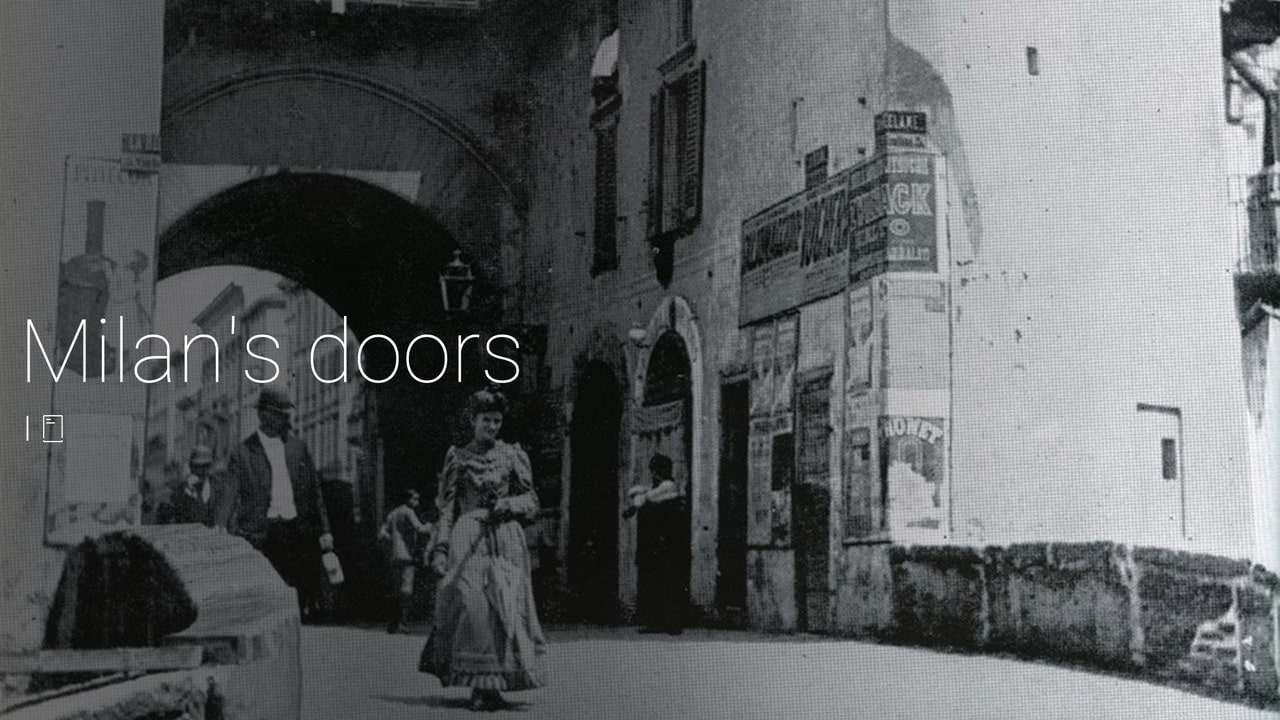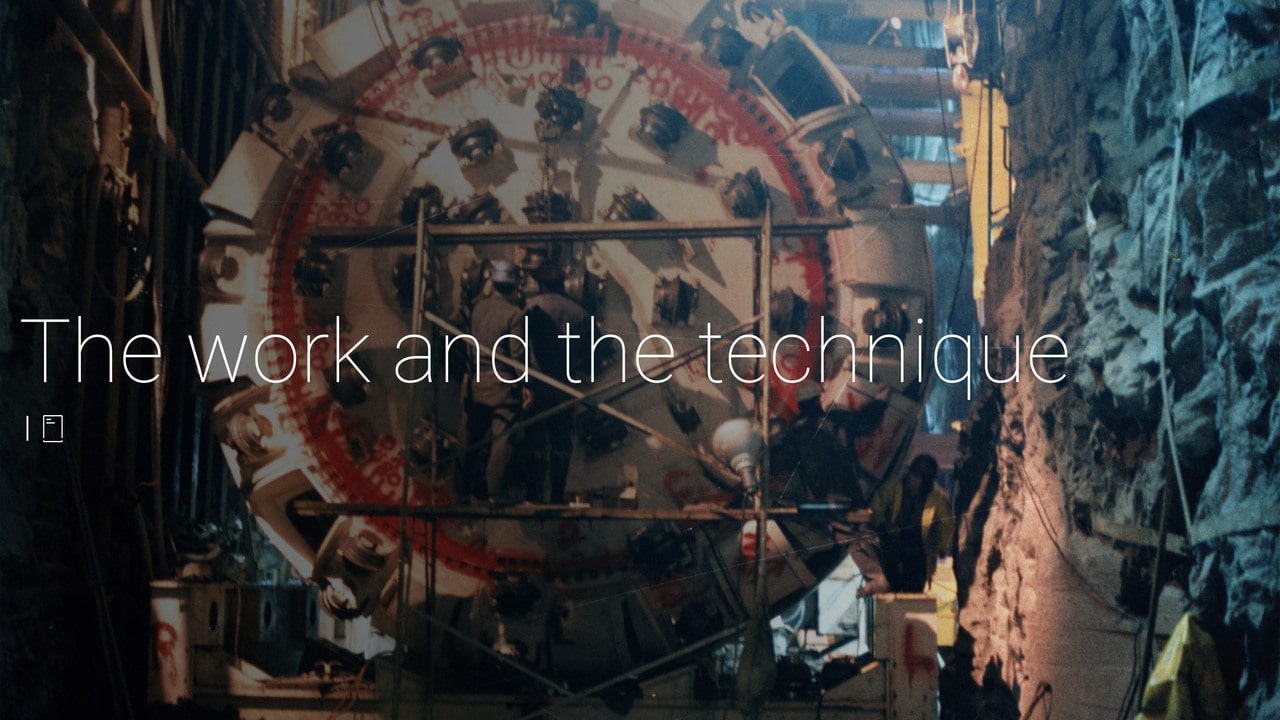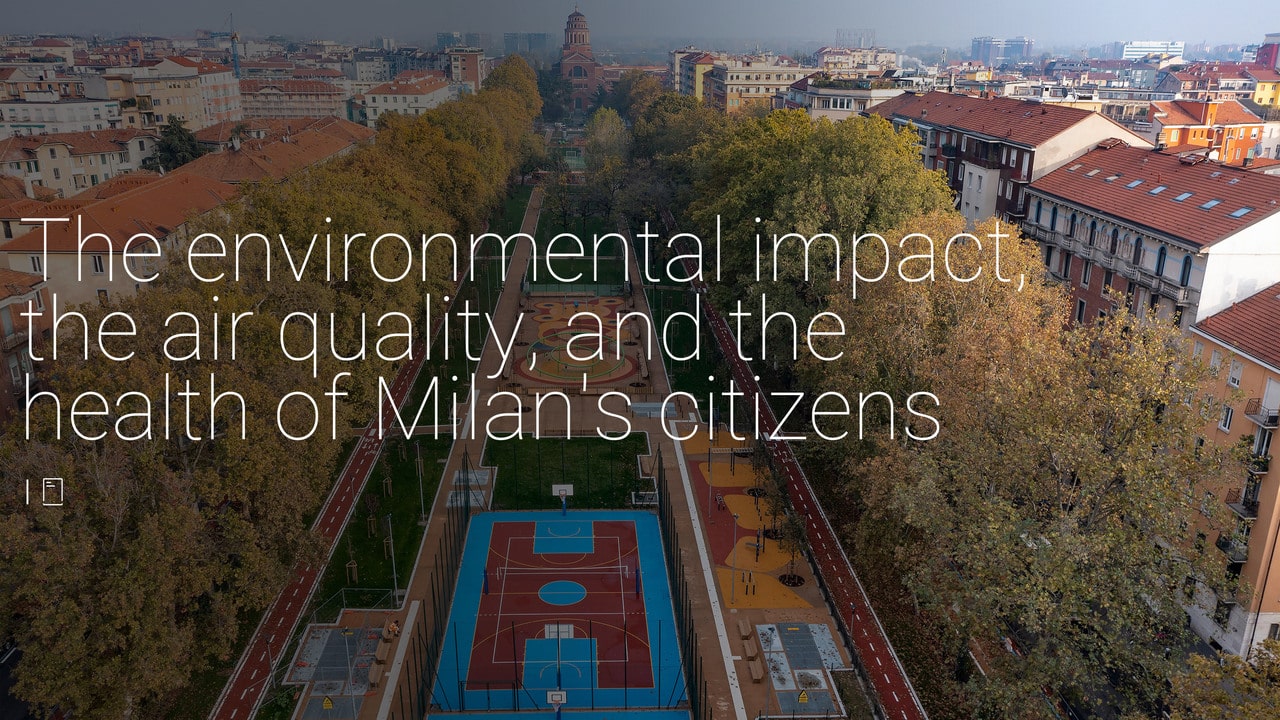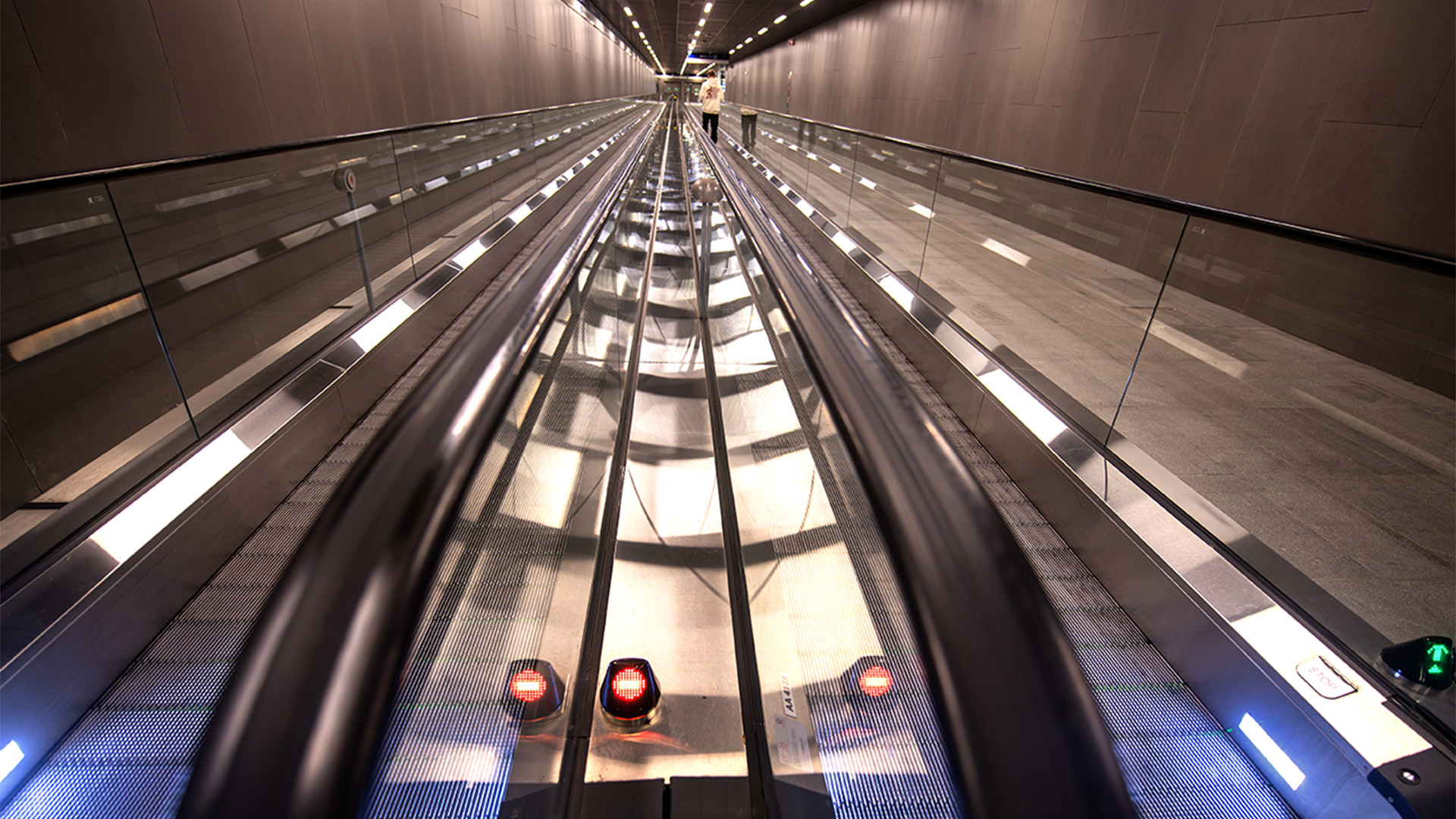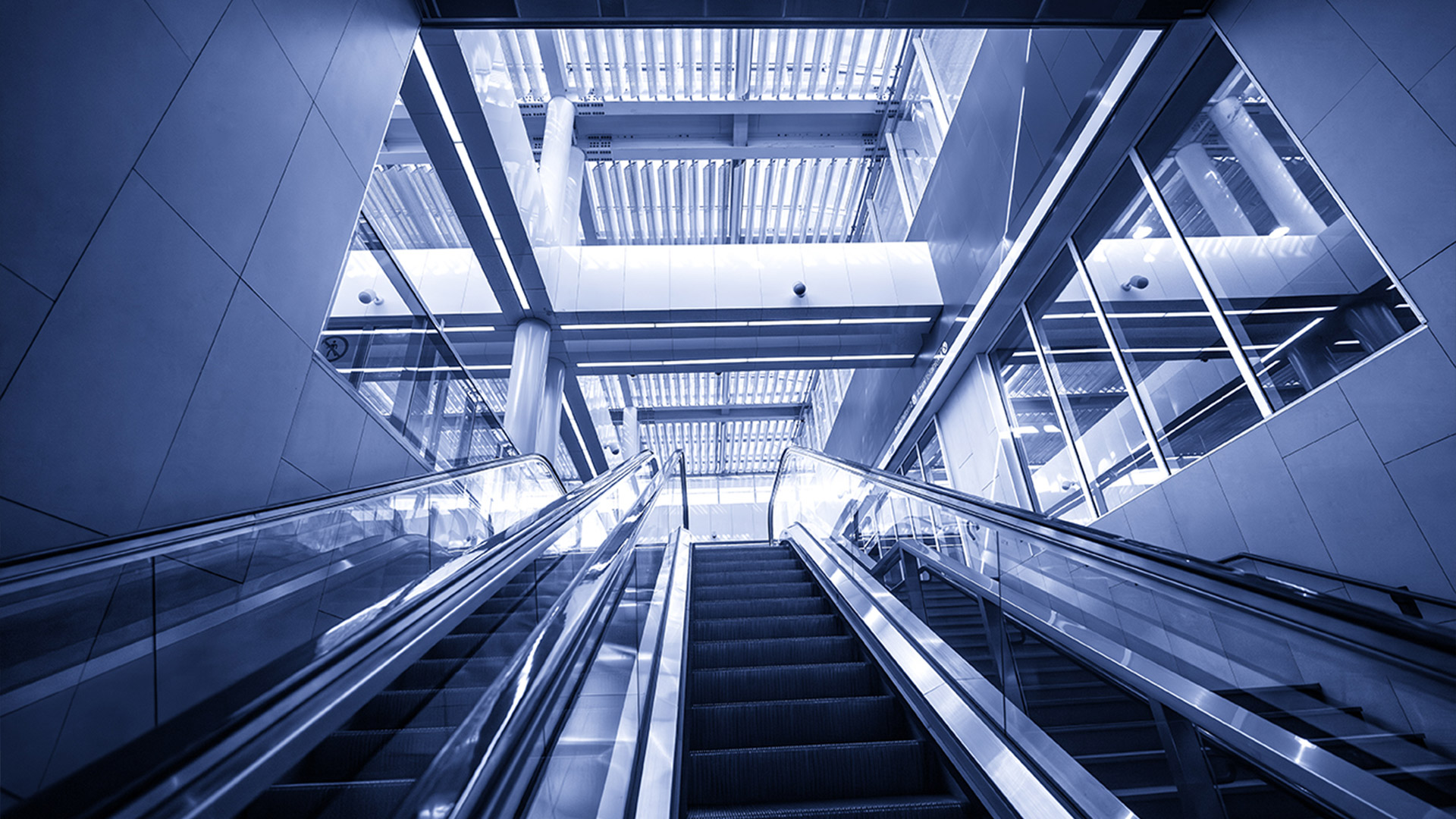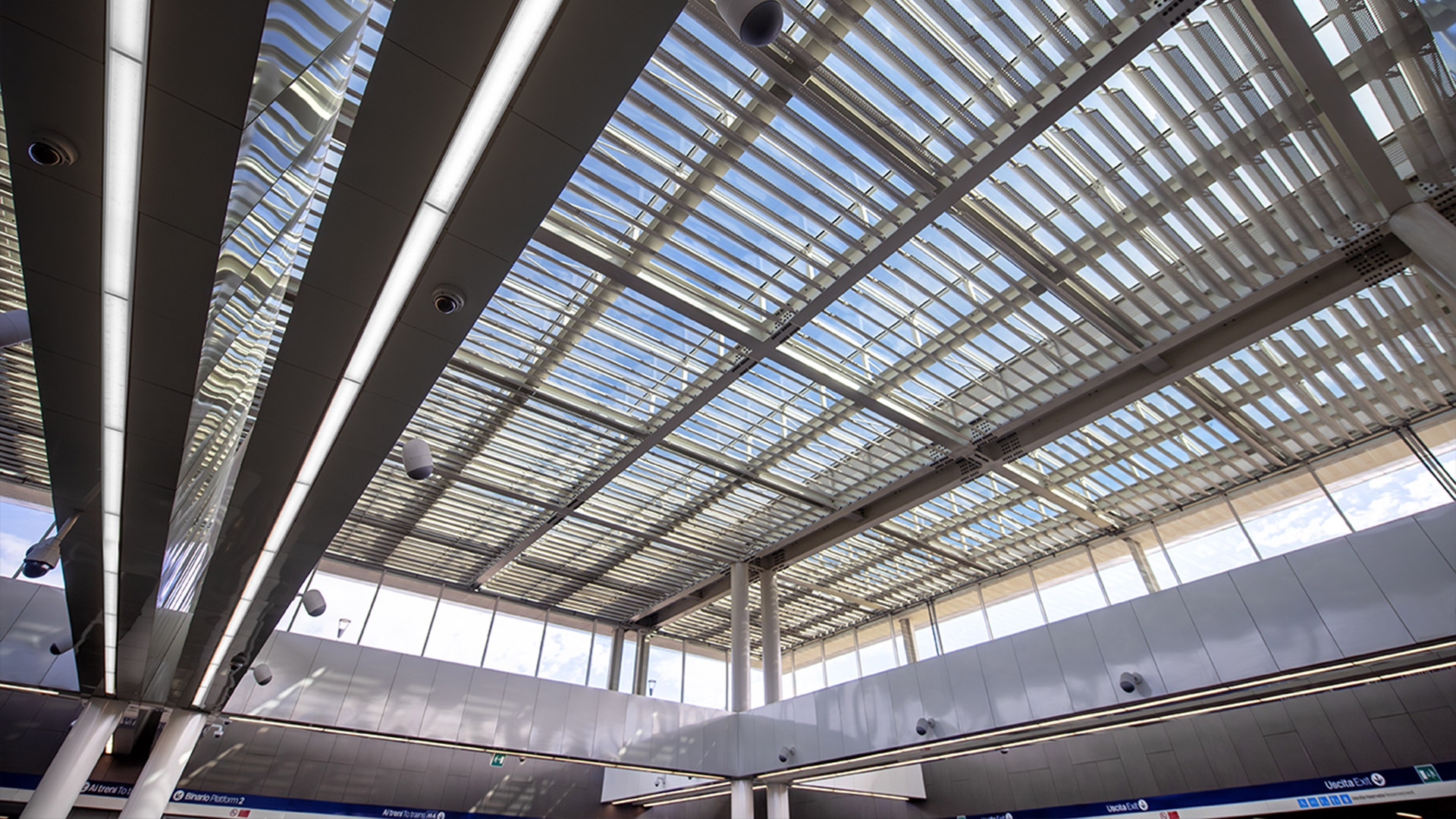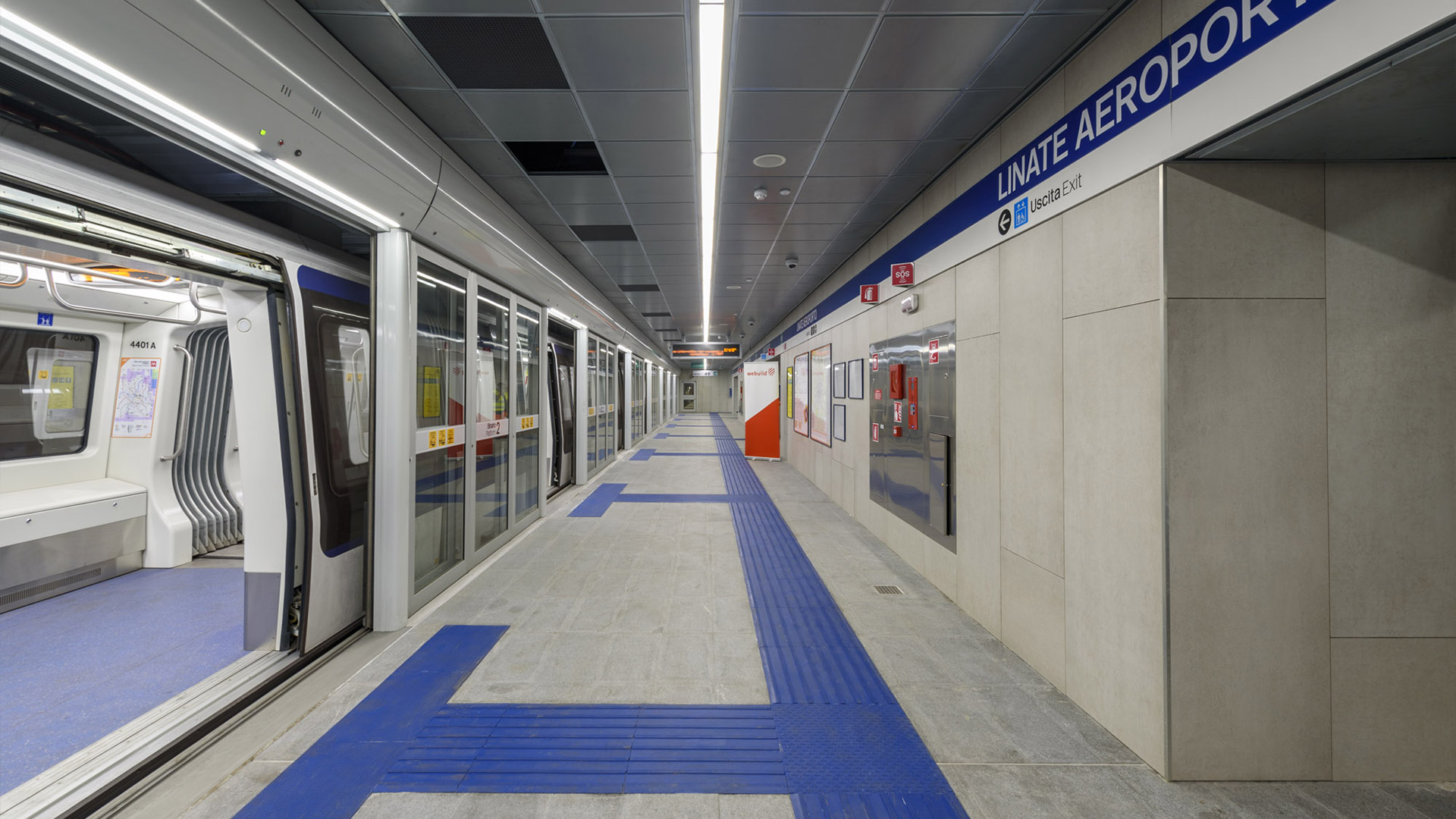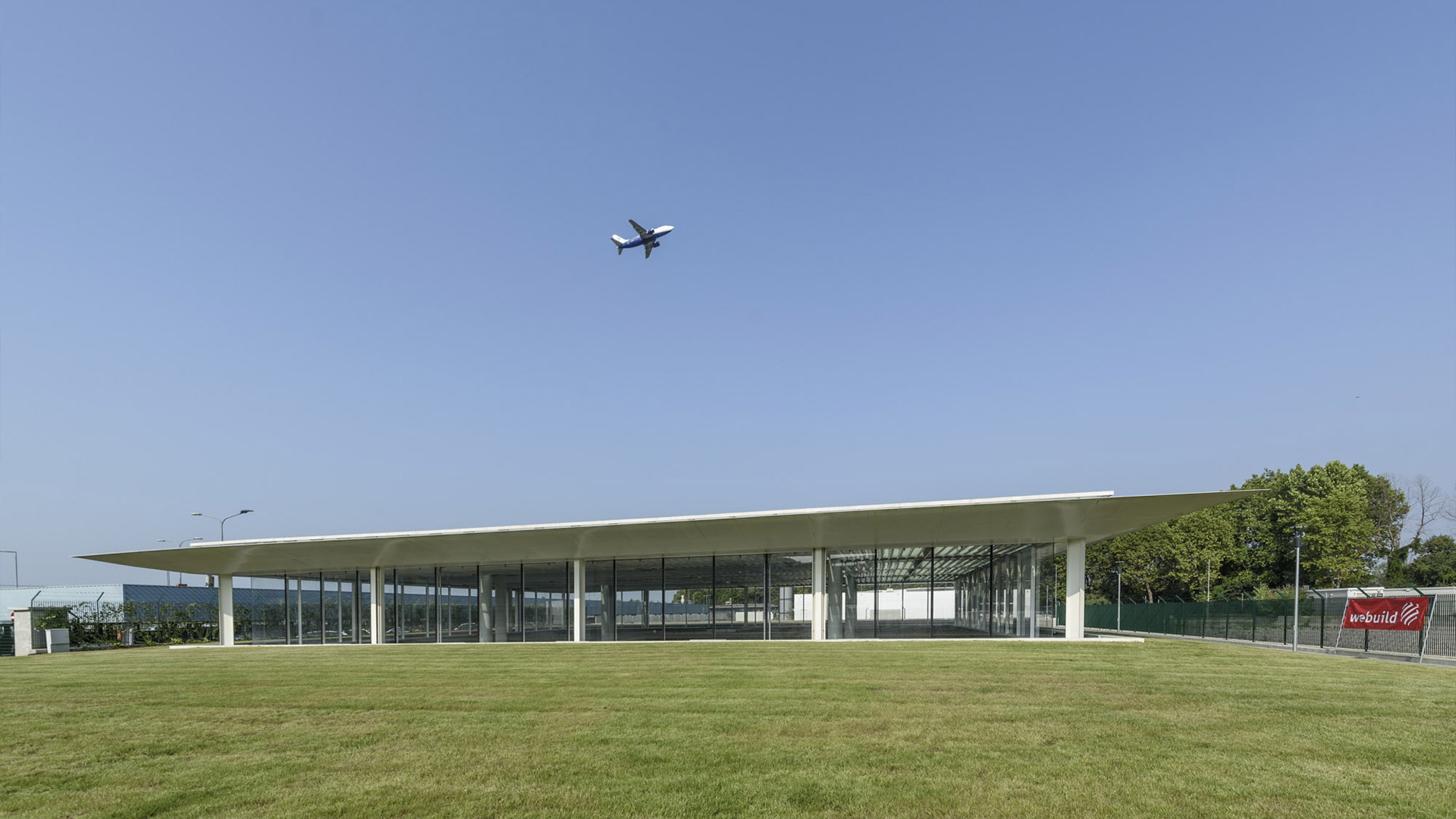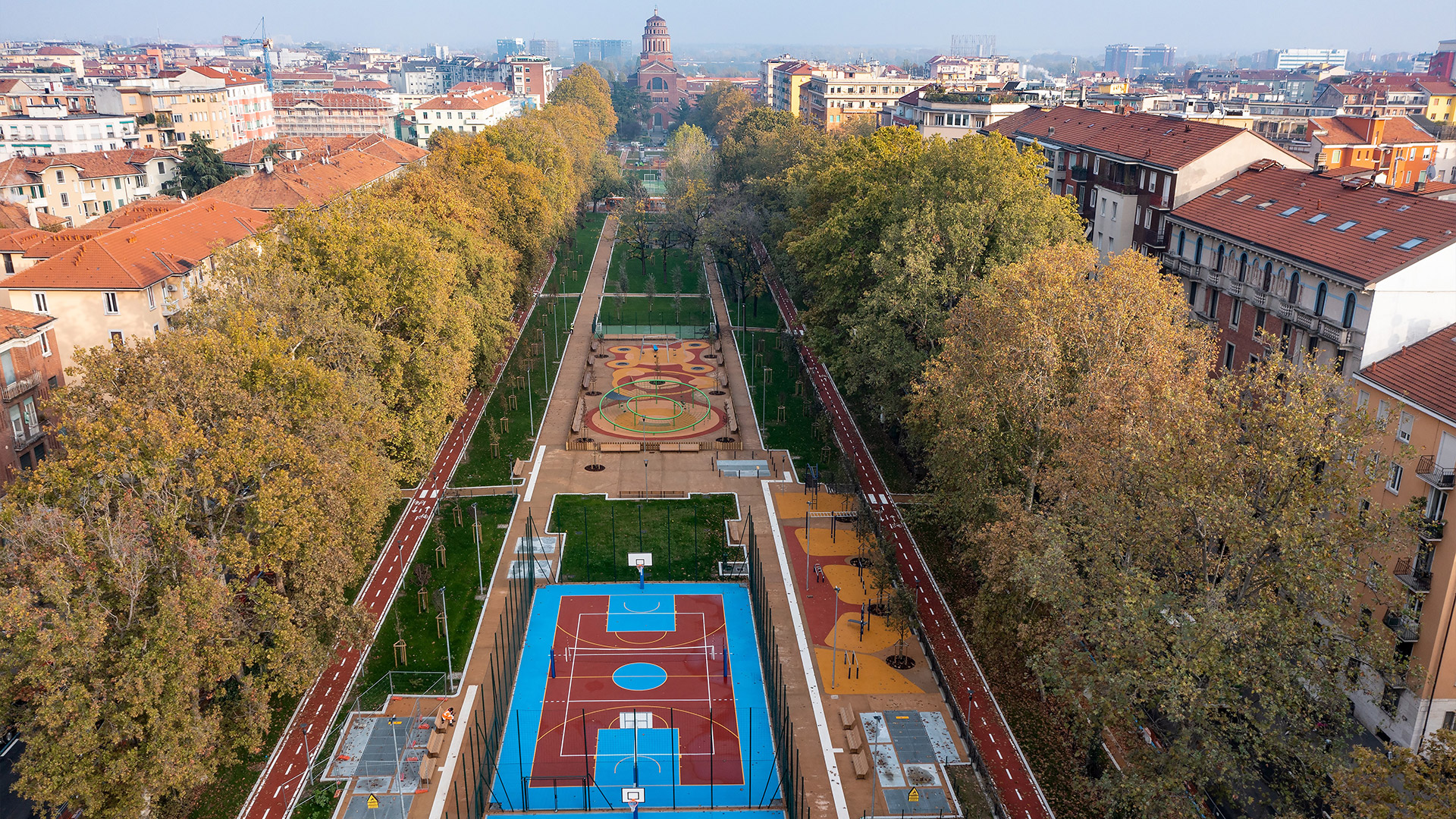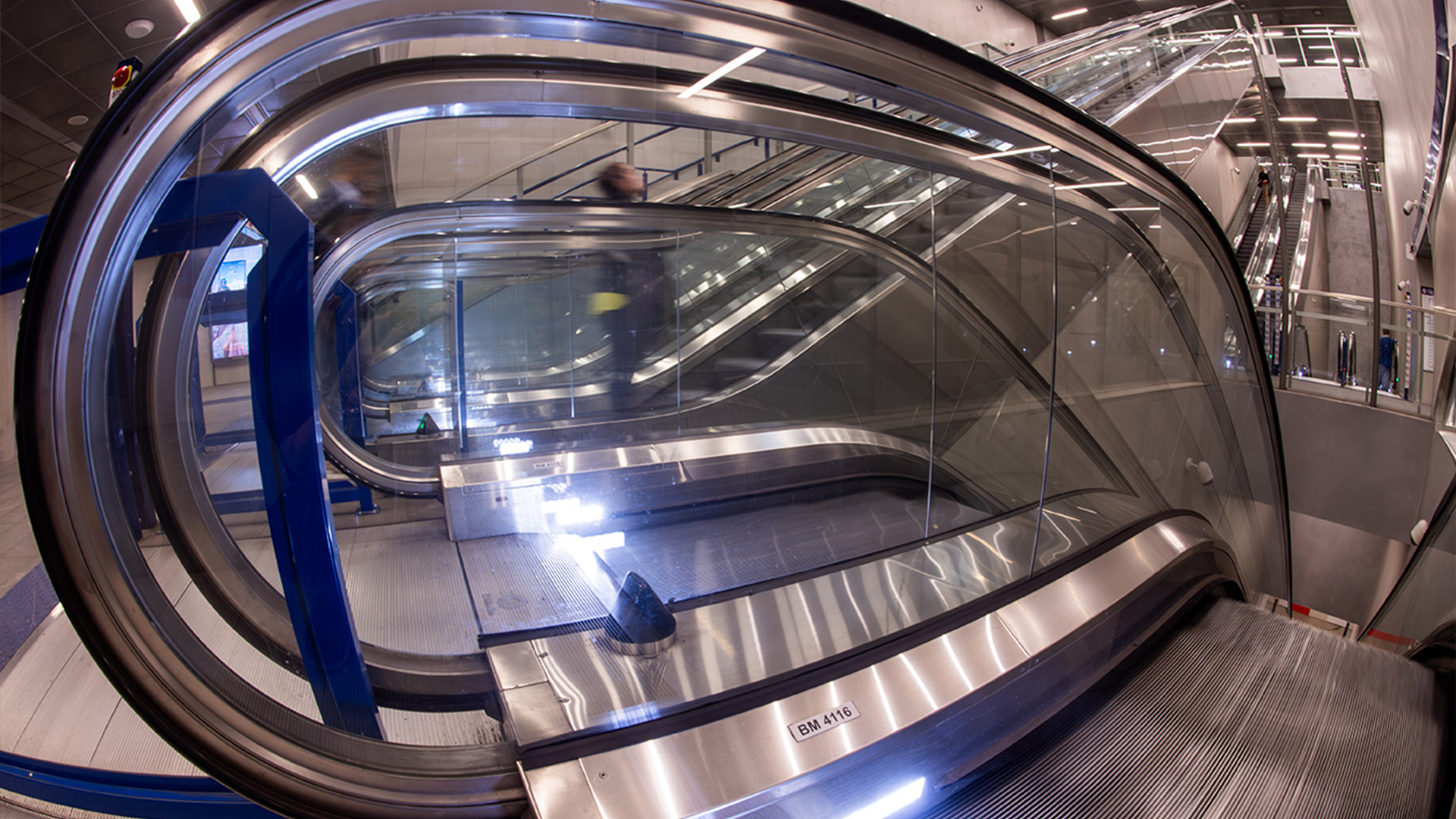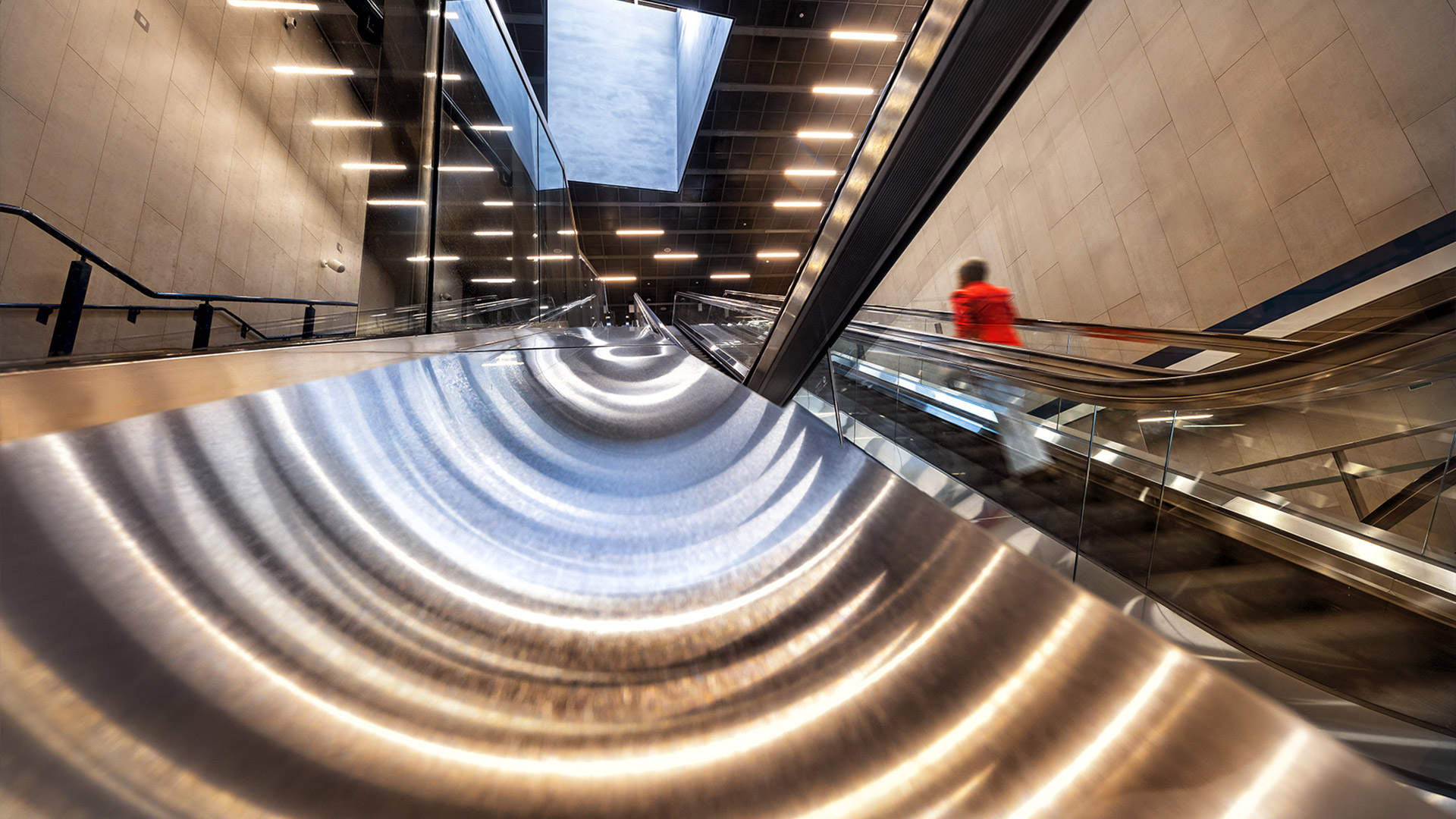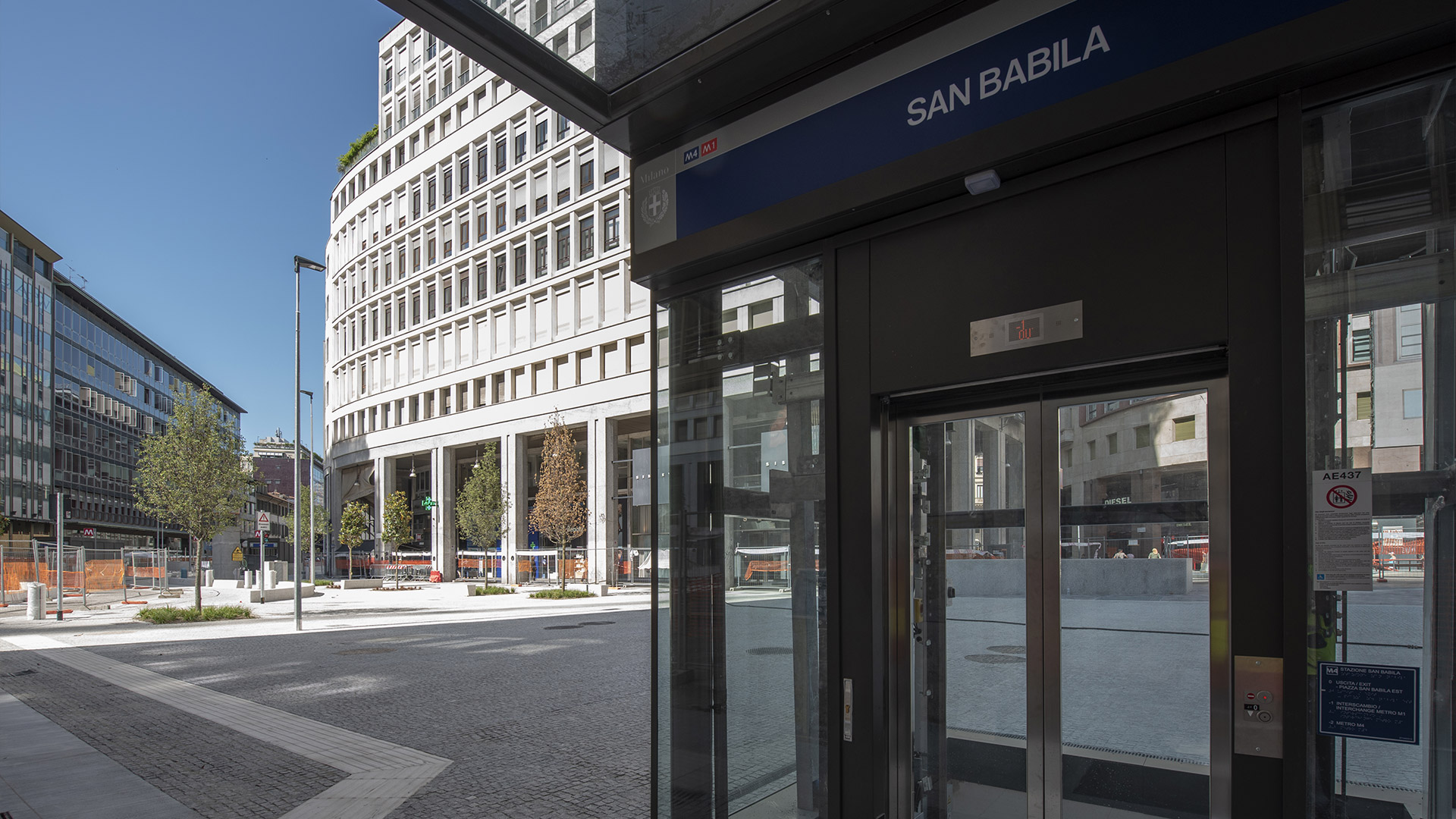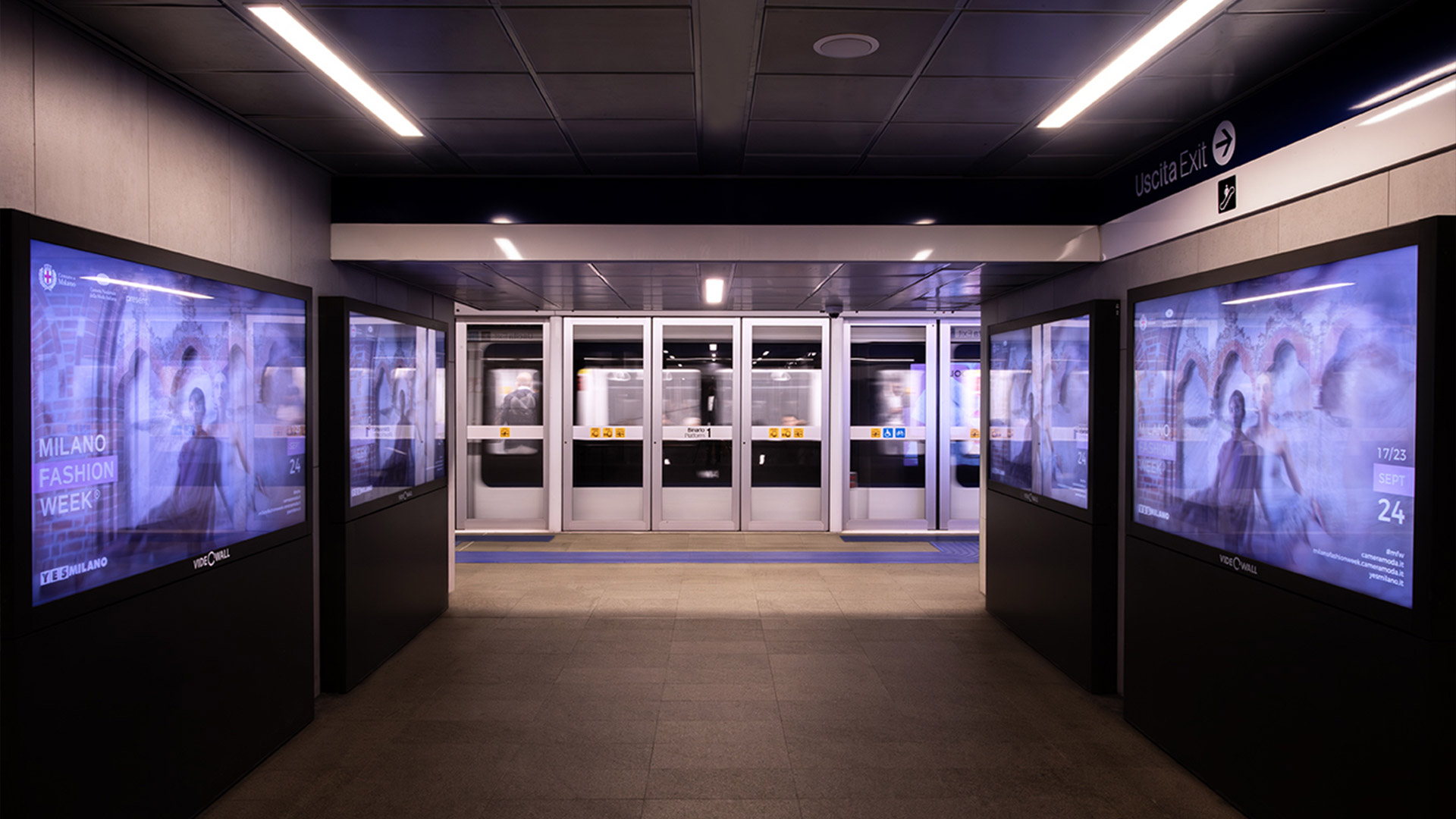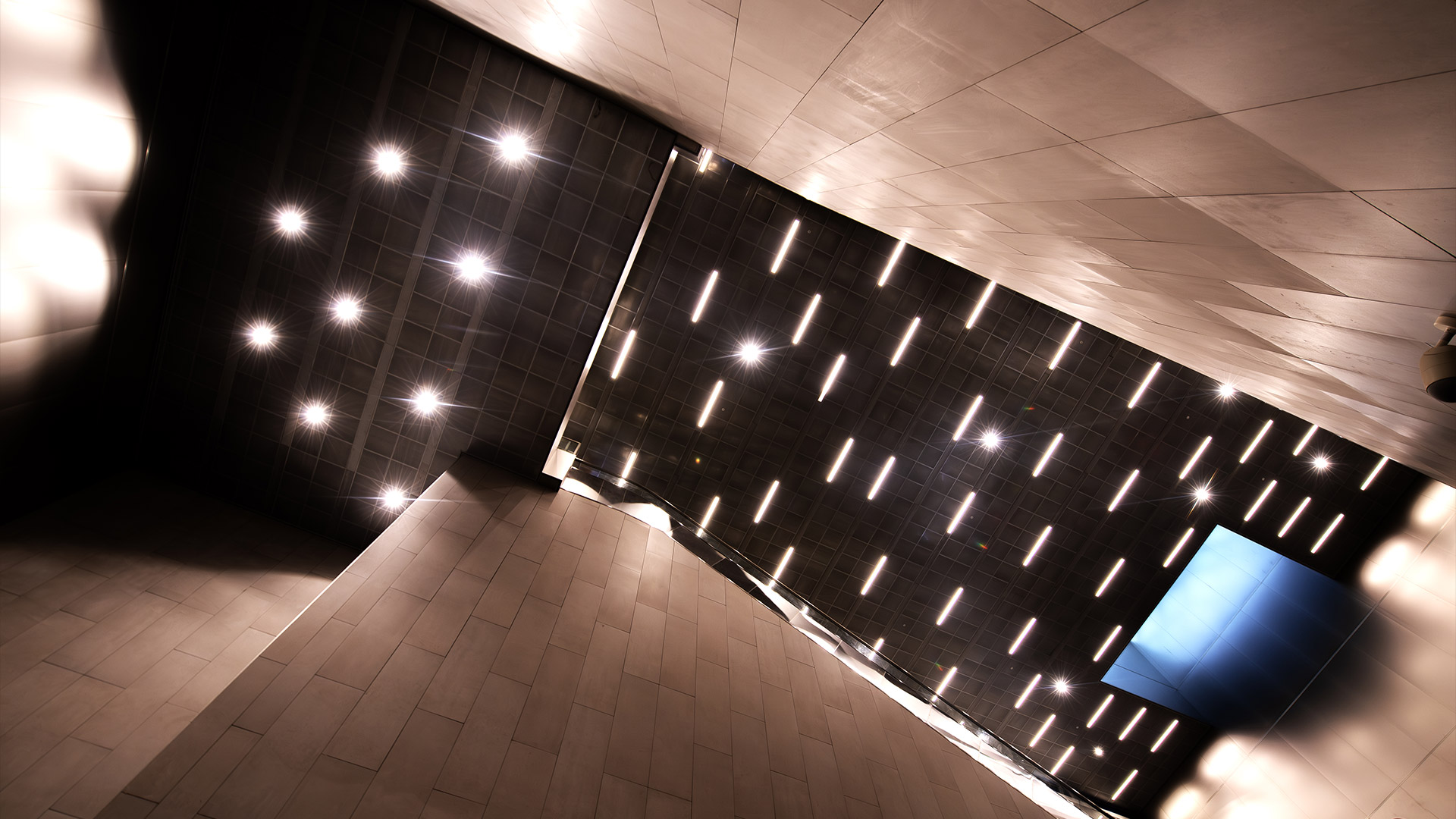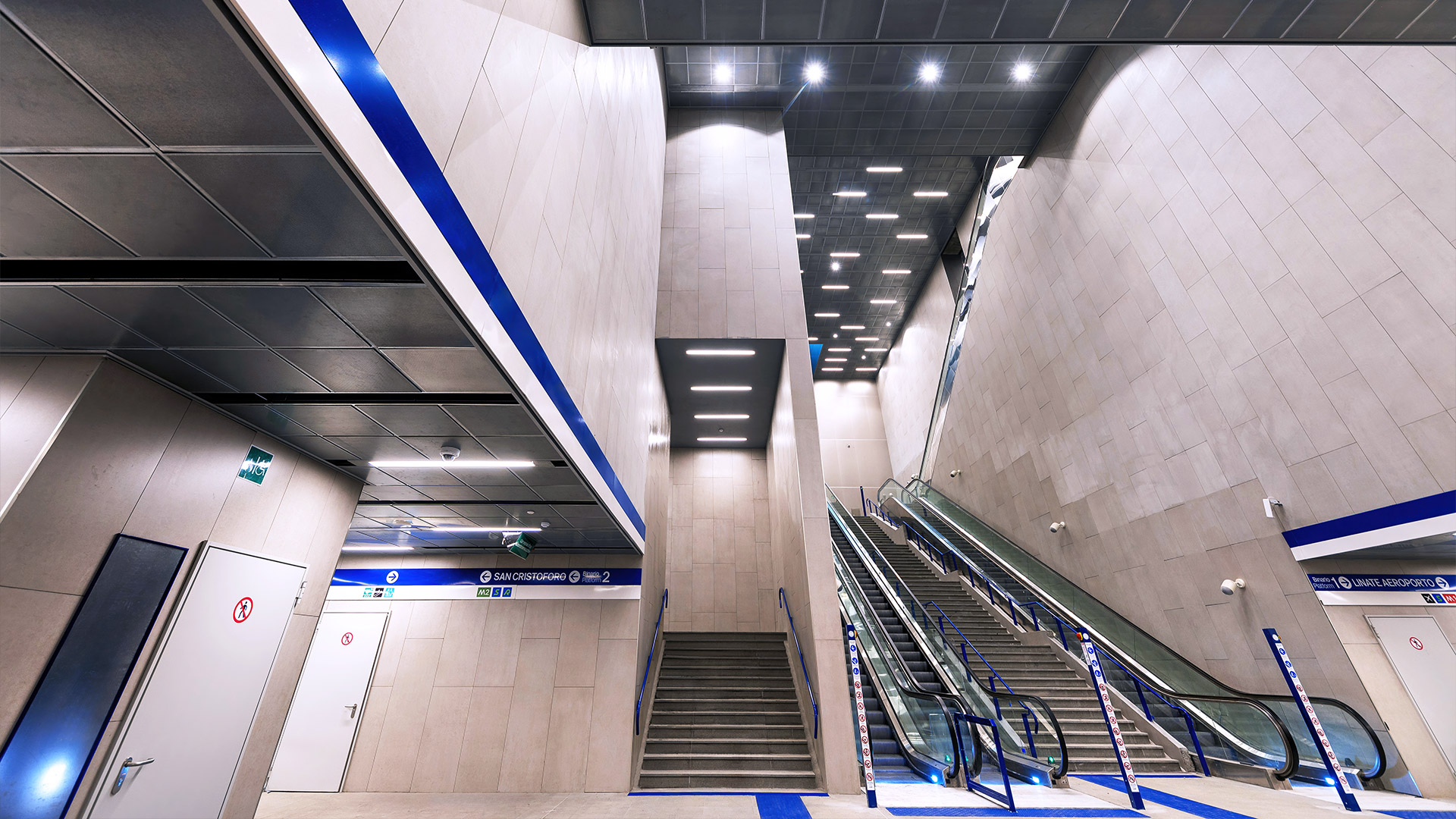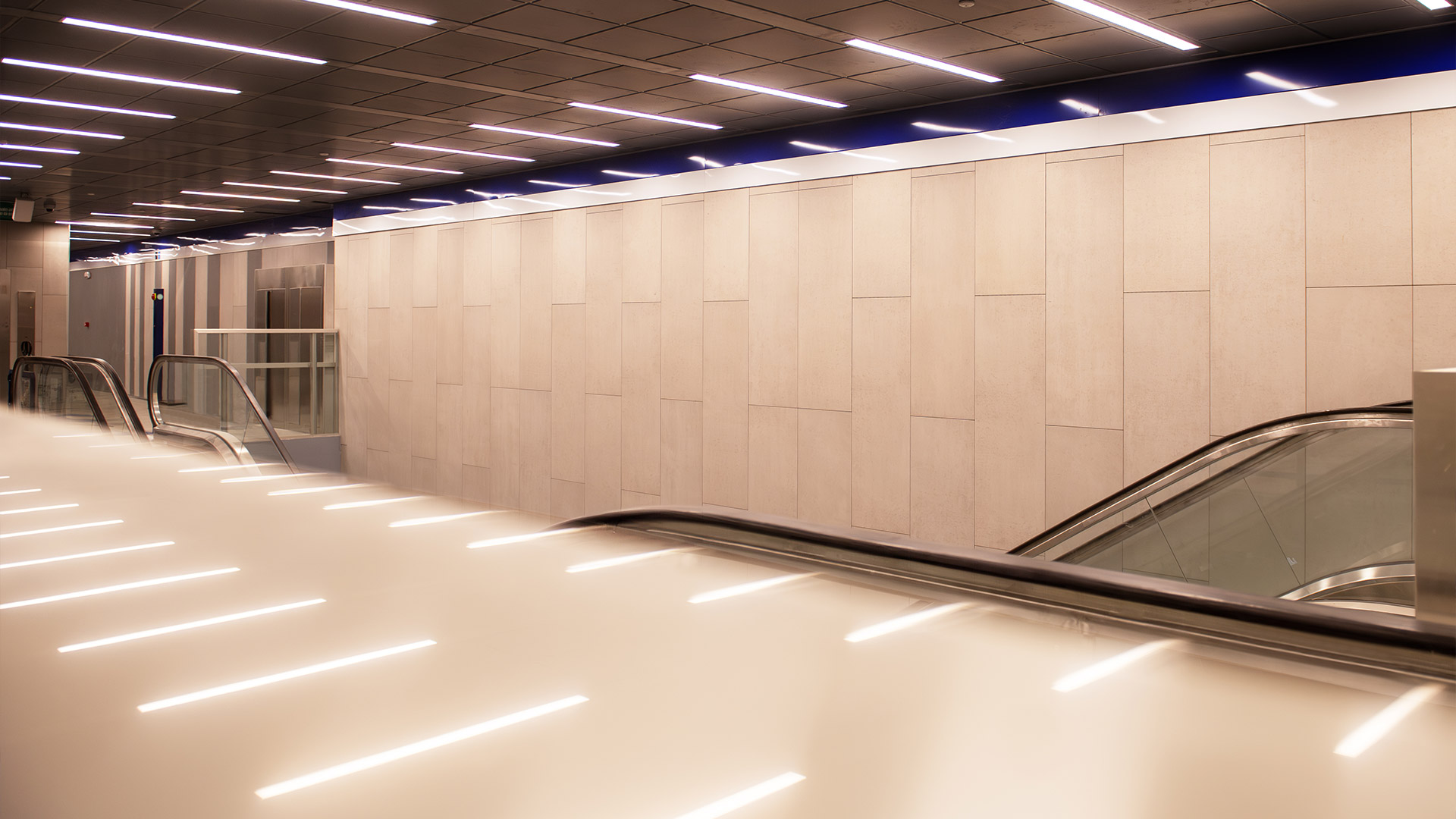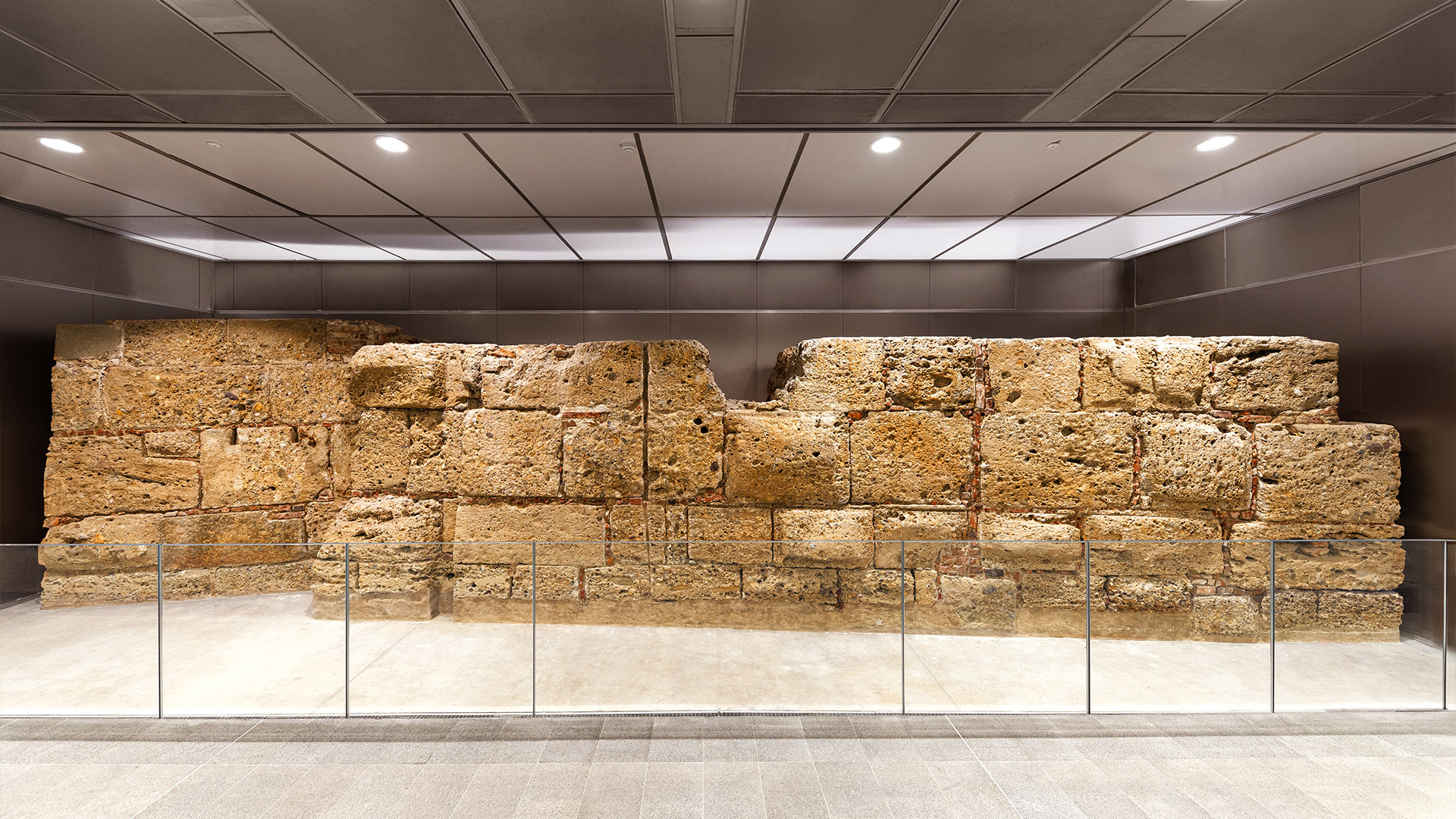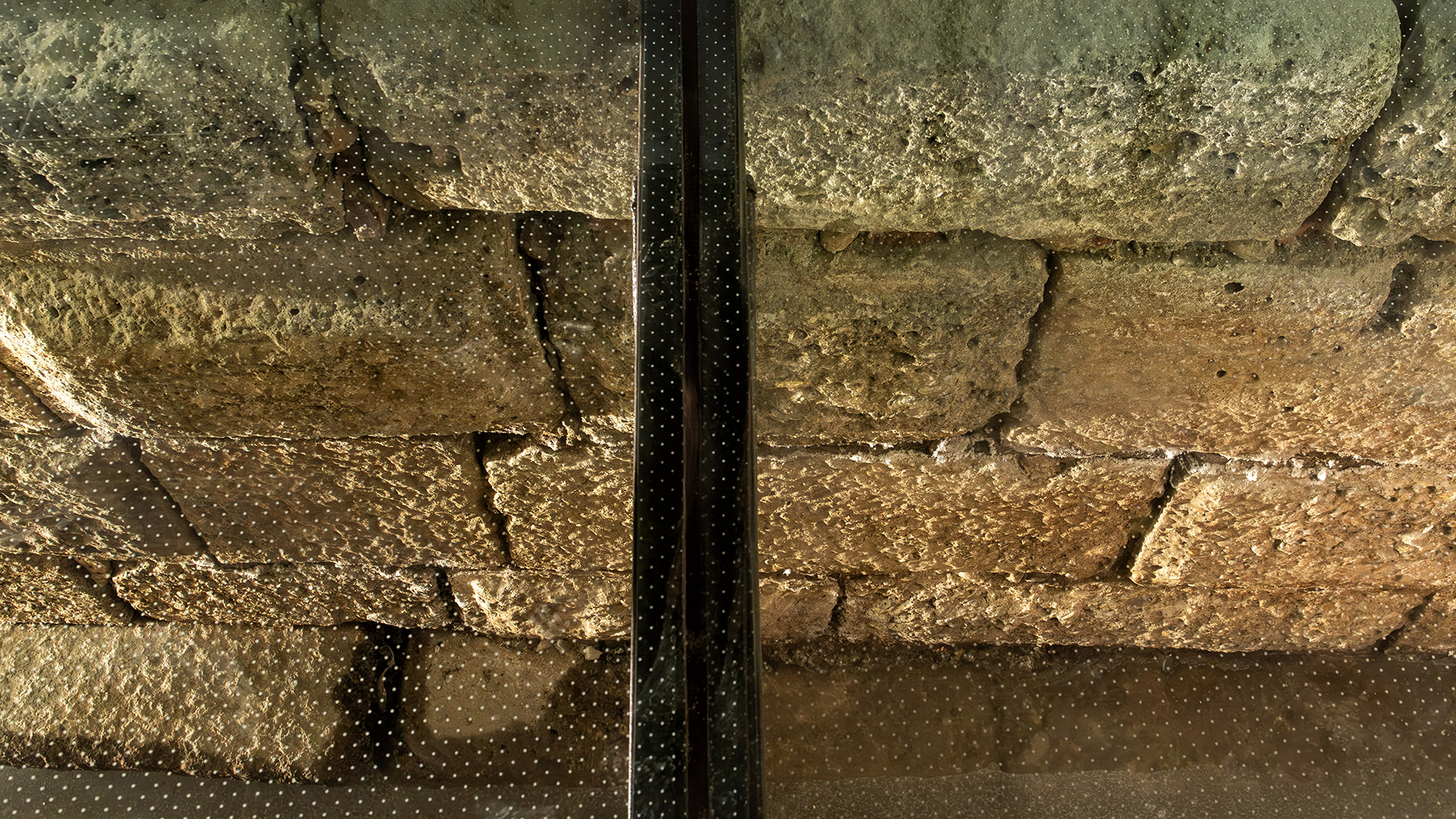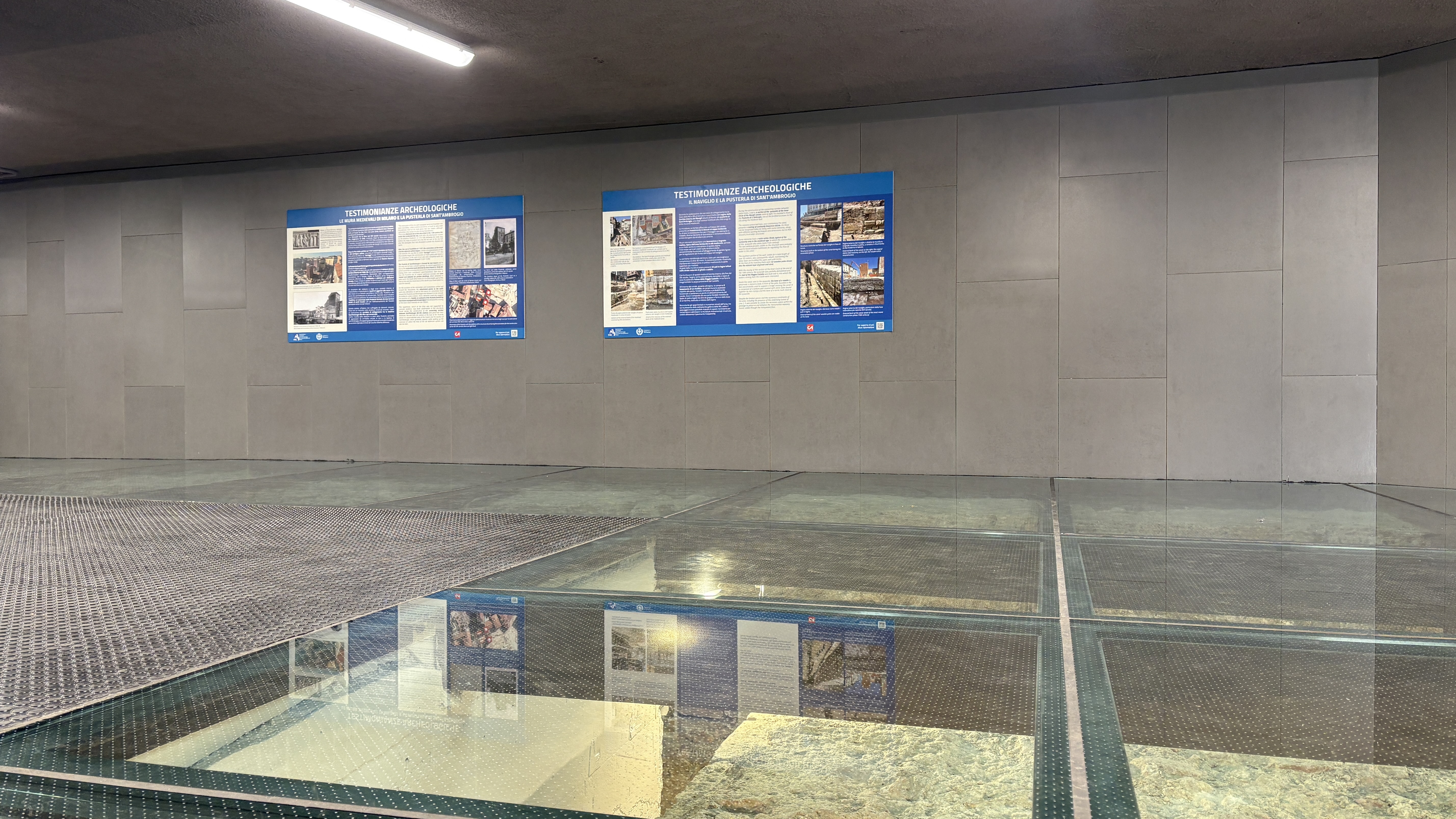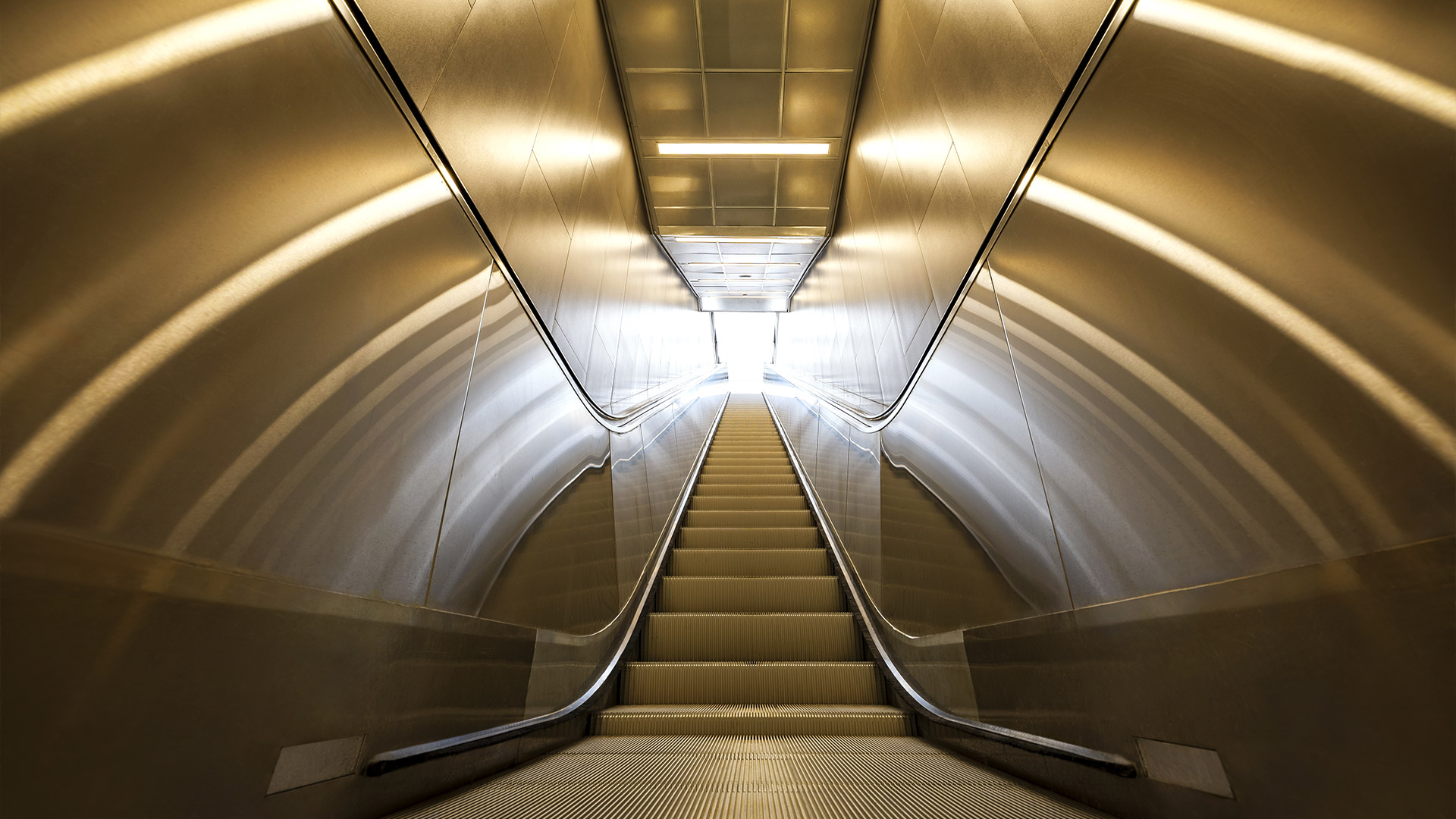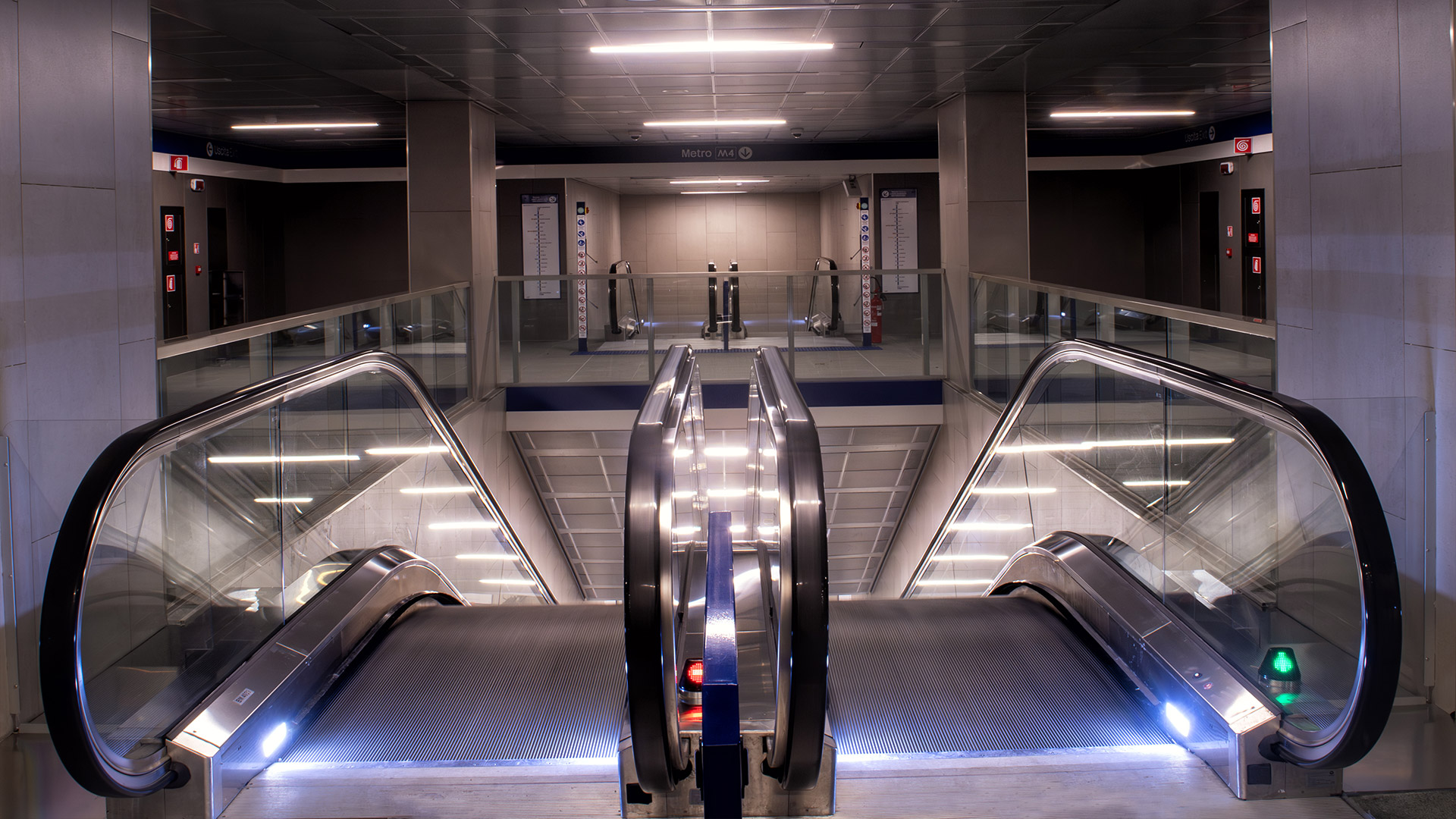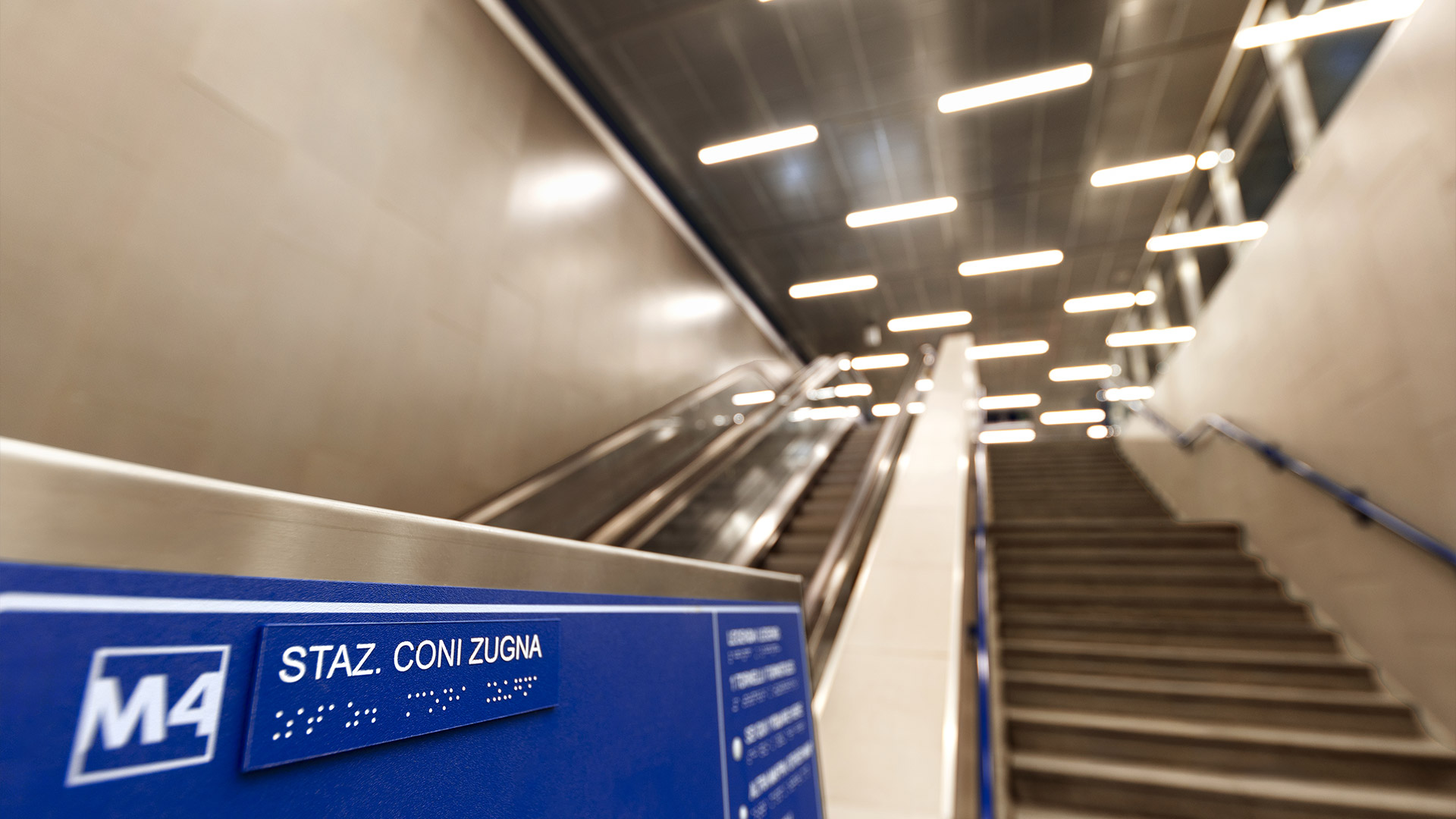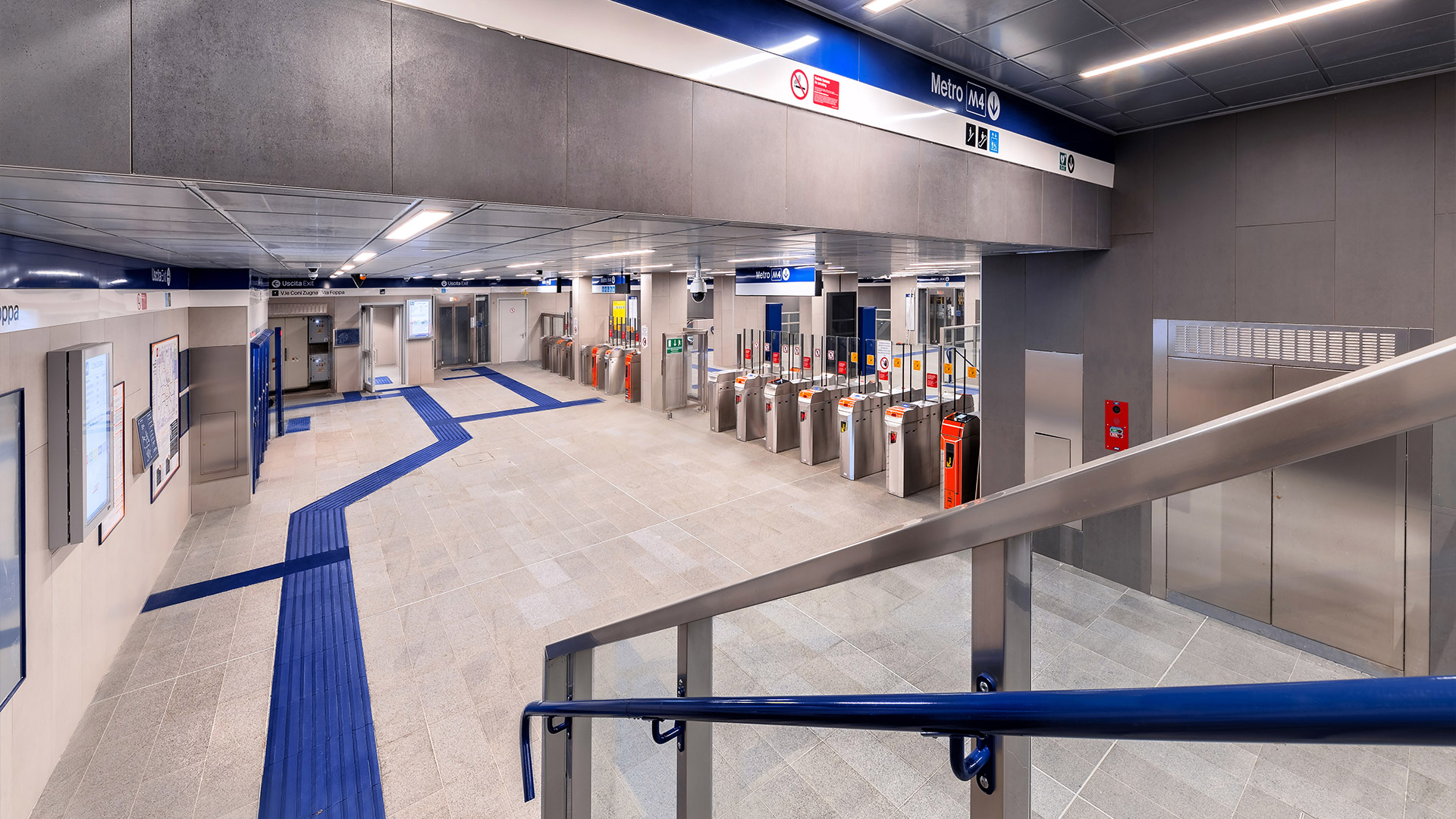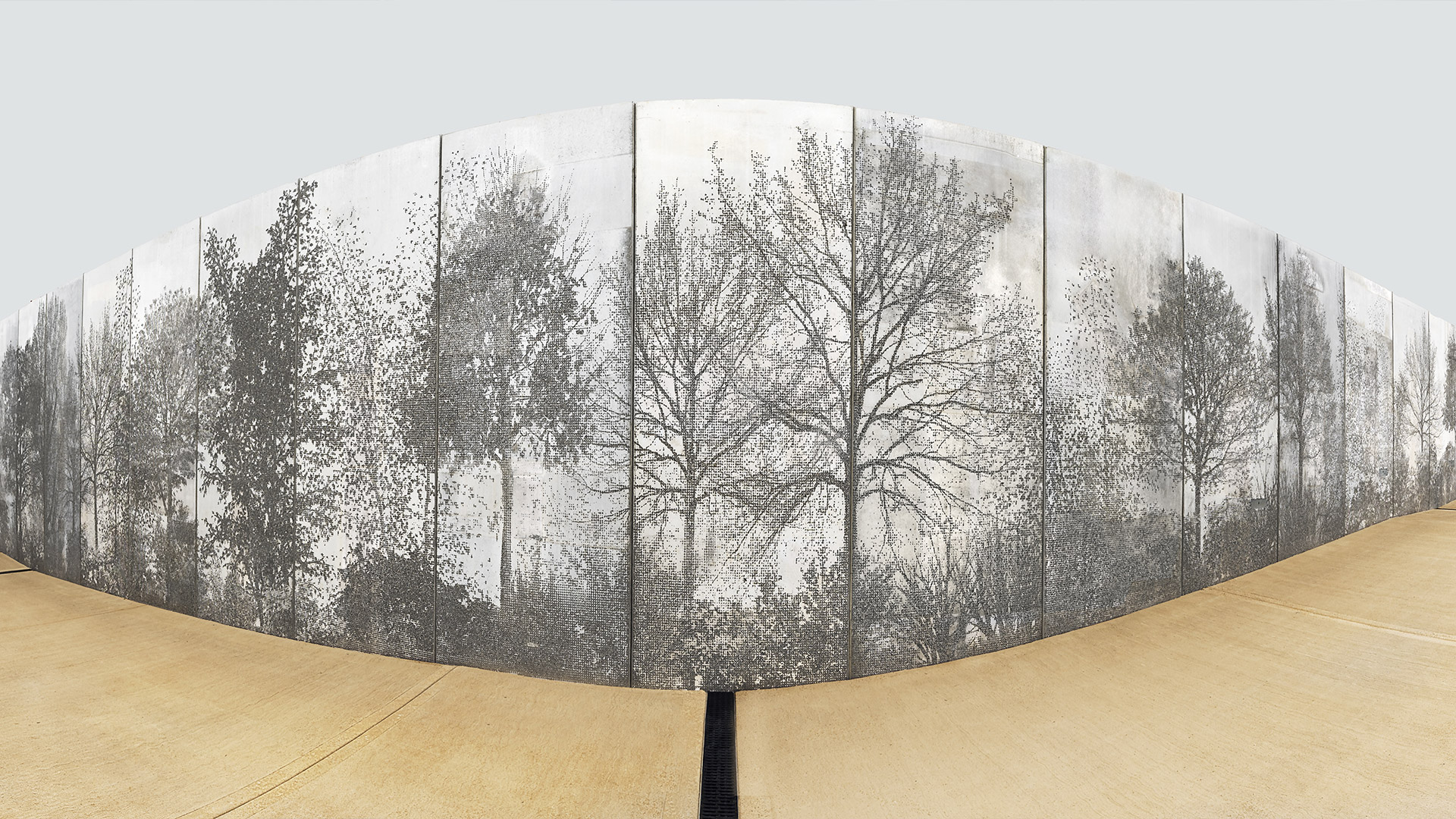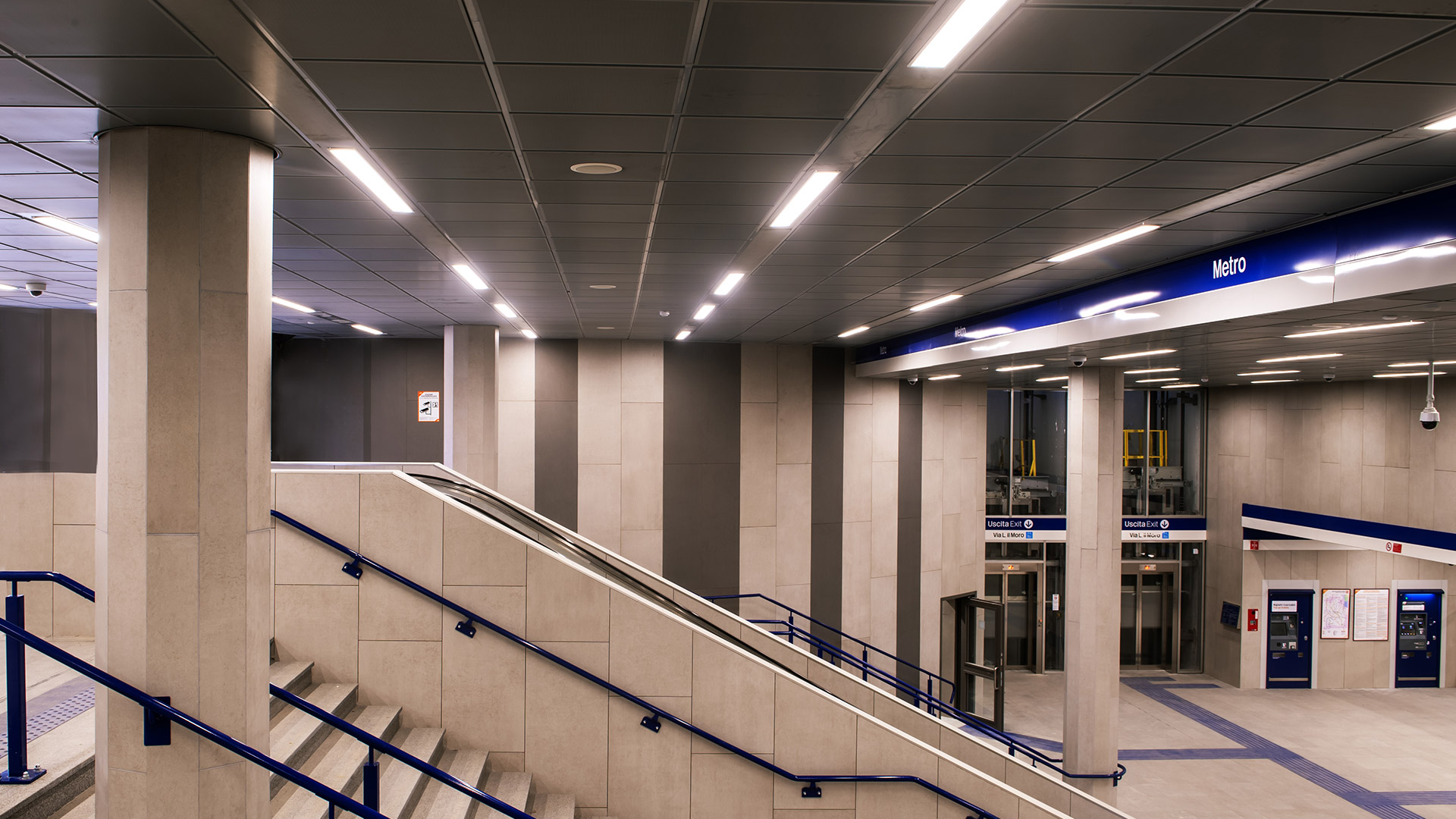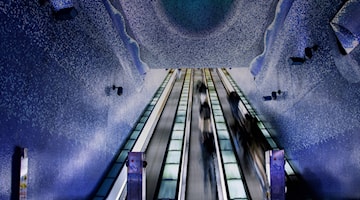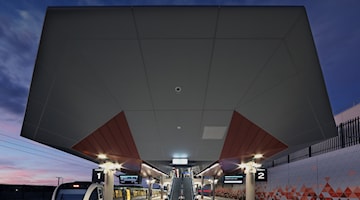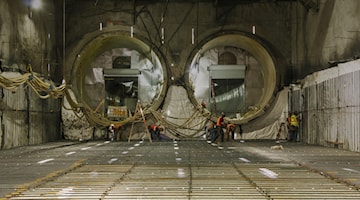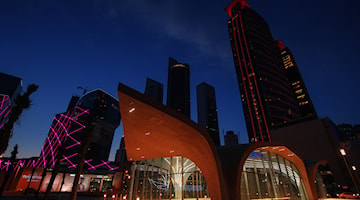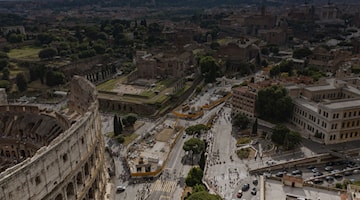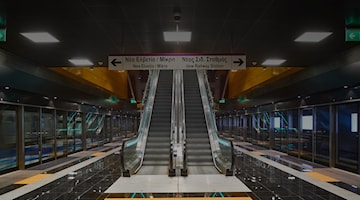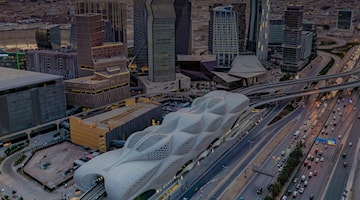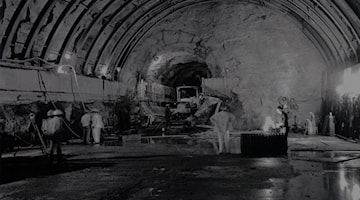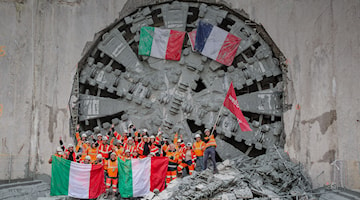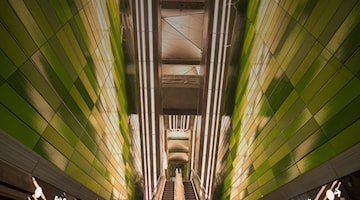When sustainability runs underground
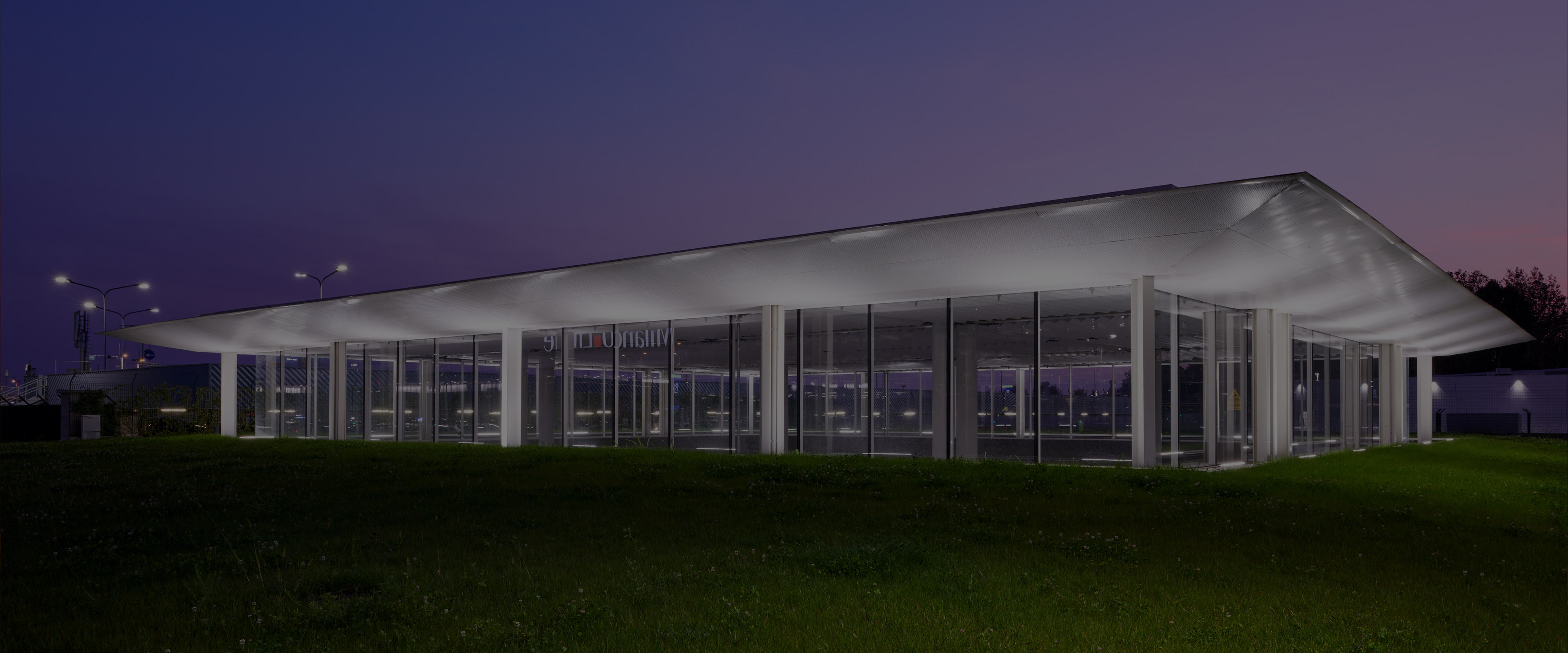
MILAN'S M4 METRO LINE, ITALY
The Milan of the future should not only be observed above-ground, counting the hundred skyscrapers that by 2030 will form Italy's most futuristic skyline. A revolution, as we all know, always begins from the ground. And in this case, from way down below ground. To be precise, from 25 meters below street level. This is the average depth at which the trains of the M4, Milan's new blue metro line, travel.
With its 15 km of track and 21 stations, the new line runs between Linate and San Cristoforo in 30 minutes, cutting through the city, and its center, from east to west; from Linate to San Babila the journey time is just 12 minutes. The line can transport up to 24,000 people per hour (in each direction), for an estimated total of 86 million passengers per year. With the completion of the M4 line, the entire Milan metro network now covers 104 km, to become the seventh largest underground railway in Europe.
The construction of the M4 was an engineering challenge requiring 1,000,000 cubic meters of concrete, 67,800 tons of steel for reinforced concrete, 241,590 square meters of bulkheads and 172,841 cubic meters of prefabricated segments for the tunnels.
The central section of the line crosses important historical sites, like the suburbs of the Roman city with its city walls, early Christian basilicas, and burial areas. Some monuments were temporarily moved during the work, including a section of the medieval wall. Also, numerous archaeological finds were discovered, notably the remains of the Bridge and the Blacksmiths’ Postern or Pusterla dei Fabbri, which were part of the medieval defense system (De Amicis station)
The M4 is a fundamental mobility infrastructure for a city whose metropolitan area, with a high concentration of local, Italian and international companies, generates on its own over 10% of Italy's GDP. It is also Europe's largest underground sustainability project, built with sustainable construction sites that retained 169 trees and reducing felling by 24% compared to the initial project. Thanks to the blue line, Milan has become "greener", with 1,900 new trees planted along the route, 180,000 fewer vehicles every day and therefore 75,000 fewer tons of CO2 every year.

THE WORK AND THE TECHNIQUE
PEOPLE INVOLVED
COMPANIES IN THE SUPPLY CHAIN
M3 OF CEMENT
TONS OF STEEL FOR REINFORCED CONCRETE
M2 OF BULKHEADS
M3 OF SURFACE EXCAVATIONS
M3 OF EARTH EXCAVATED BY THE TBMs
M3 OF PREFABRICATED SEGMENTS FOR THE TUNNELS
Municipality of Milan
MM4 Consortium, engaged to build the line and formed by four companies led by the Webuild Group.
Milan's M4 line joins the two terminuses of Linate and San Cristoforo, passing through the city center with two 15 km single-track tunnels, its 21 stations and interchanges: Linate airport, the M1 red line at San Babila, the M2 green line at Sant'Ambrogio, the M3 yellow line at Sforza Policlinico and the suburban railways at the Forlanini FS, Dateo, and San Cristoforo stations.
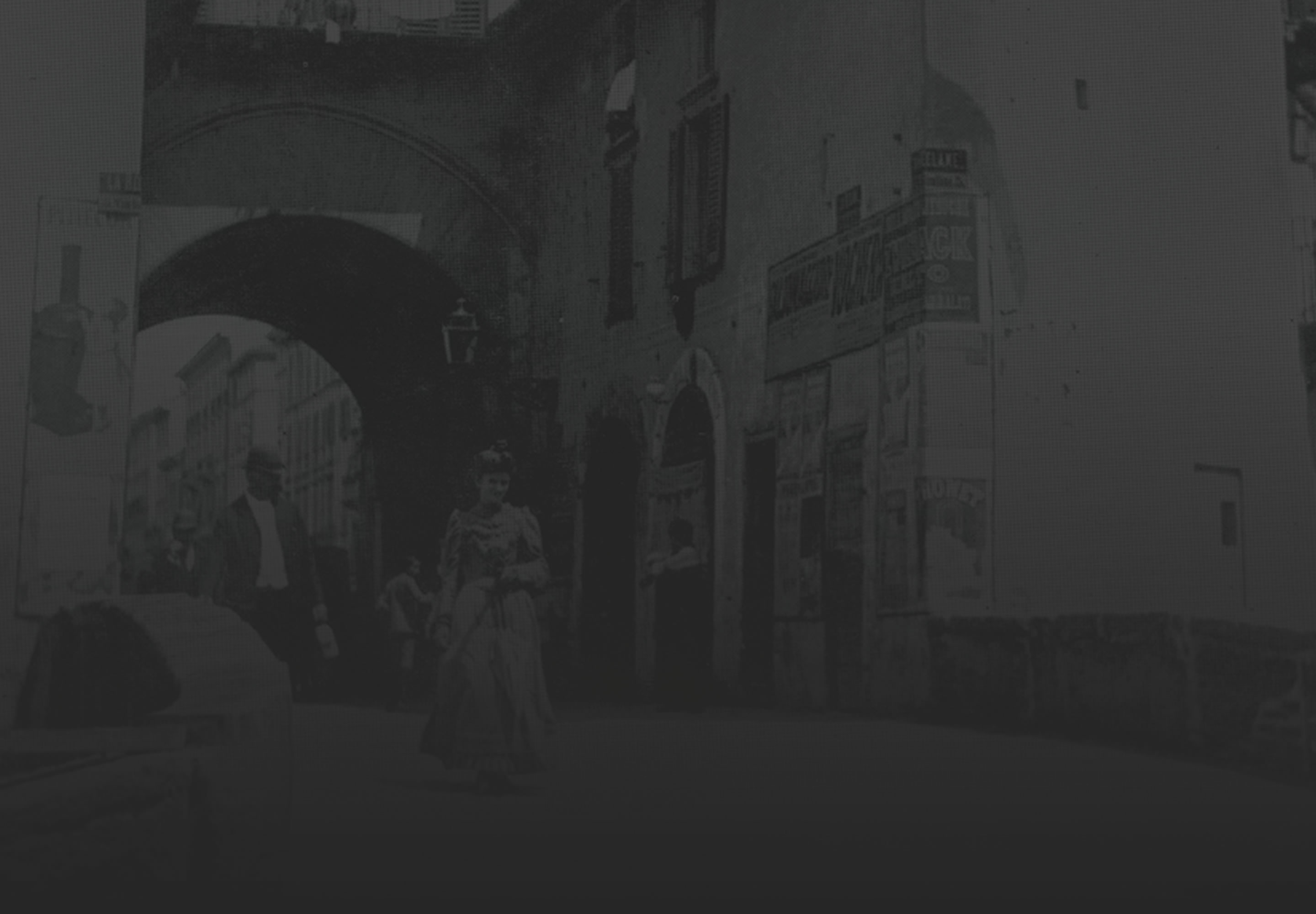
CULTURAL INSIGHTS
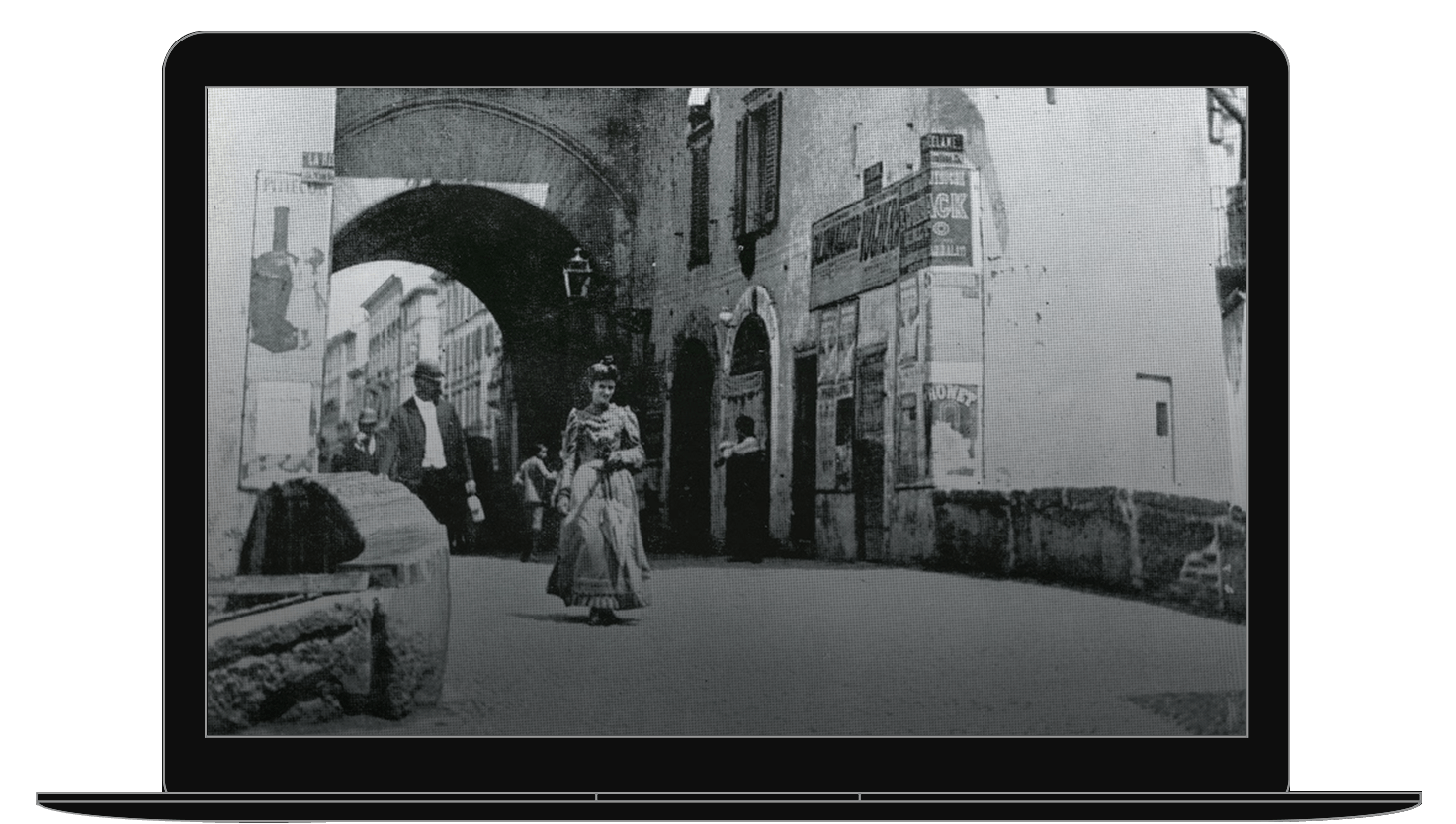

The environmental impact, the air quality, and the health of Milan's citizens
The most recent Legambiente report from October 2022 shows that, despite the great progress made in the last ten years, Milan still does not comply with the threshold values recommended by the World Health Organization (WHO) with regard to PM10 particulate (15 µg/m³) and NO2 (nitrogen dioxide, 10 µg/m³) requiring cuts of 34% and 40% respectively to comply with the target limits.
The "Piano Urbano della Mobilità Sostenibile” (Urban Sustainable Mobility Plan - PUMS), approved by Milan City Council with resolution no. 38 of November 12, 2018, laid out strategies and guidelines to "meet the population's mobility needs, eliminate atmospheric and acoustic pollution, reduce energy consumption, increase the safety levels of transport and road mobility, minimize individual use of private cars and moderate traffic, raise transport capacity, increase the number of citizens transported by collective systems and reduce traffic congestion in urban areas".
In this context, the new M4 and M5 lines play a fundamental role: they will be able to eliminate an annual 30 million trips by car, determining a 2% reduction in emissions and decreasing fossil fuel consumption by some 16,000,000 tons.
million passengers expected per year
car trips every day
tons of Co2 emissions per year





